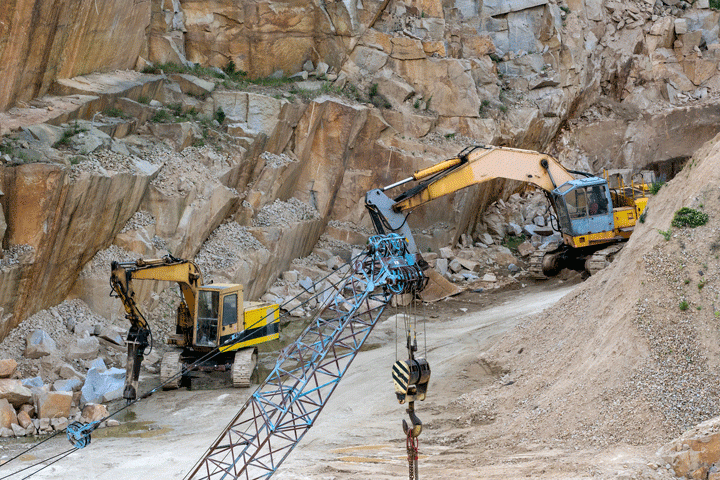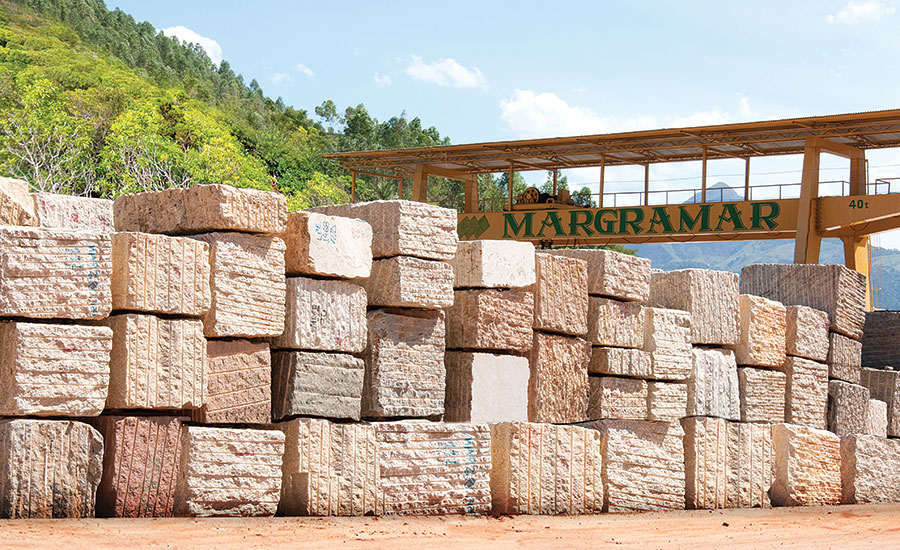Diving into of Granite Quarries in South Africa
Diving into of Granite Quarries in South Africa
Blog Article
Unearthing the Rich Background and Sustainable Practices of Granite Quarrying
As we stand on the precipice of discovering the intricate tapestry of granite quarrying, a trip through time exposes not simply the physical act of extracting rock yet likewise the social and historic importance woven right into the really material of this technique. From the old origins that laid the structure for modern-day quarrying techniques to the sustainable techniques that are forming the future of this industry, each sculpt mark on granite surface areas informs a story waiting to be unearthed (granite quarries in south africa). The tradition of granite quarrying extends much beyond simple removal; it is a testimony to human resourcefulness, resilience, and the enduring appeal of this magnificent stone
Old Beginnings of Granite Quarrying
Dating back to ancient worlds, the method of quarrying granite has actually been an integral part of human history and building improvement. The earliest proof of granite quarrying go back to ancient Egypt, where enormous pyramids and complex sculptures were crafted from this sturdy rock. The Egyptians made use of primitive devices to remove granite blocks from quarries, showcasing the importance of this product in their huge buildings.
Progressing in background, the Greeks also made substantial payments to the quarrying of granite. The Greeks used granite in different building marvels, such as temples and statues, demonstrating their skill in shaping and carving this sturdy rock. The Romans further improved the techniques of quarrying granite, using innovative devices like blades and hammers to extract and form granite for their iconic frameworks.
Via the centuries, the technique of quarrying granite has actually progressed, with contemporary technologies enhancing performance while keeping the ageless appeal of this natural rock - granite quarries in south africa. From old people to contemporary home builders, the tradition of granite quarrying remains to shape our world
Advancement of Quarrying Strategies
The evolution of quarrying methods has been noted by a continual development in the direction of higher performance and precision in removing granite. Early quarrying techniques included manual labor with fundamental devices such as chisels, hammers, and wedges to draw out granite blocks from the planet.
In more current times, the advent of machinery revolutionized the quarrying market, making it possible for faster extraction prices and enhanced productivity. Technologies such as ruby cord saws, high-pressure water jets, and pneumatic drills have ended up being basic in contemporary quarries, permitting for precise cutting and minimized waste. In addition, advancements in computer-controlled devices and 3D modeling have actually maximized quarrying procedures, leading to very little ecological effect and boosted sustainability techniques. As the need for granite continues to rise, the evolution of quarrying techniques remains indispensable to conference sector requires successfully and sustainably.
Cultural Value of Granite
Granite holds an extensive social relevance throughout different people because of its enduring presence in building work of arts and admired monuments. From the stunning pyramids of Egypt to the elaborate carvings of the Angkor Wat holy place in Cambodia, granite has been a material of selection for sharing magnificence and durability in cultural heritage. In old Rome, granite columns decorated temples and public buildings, signifying stamina and permanence. The social relevance of granite extends past its physical features; it symbolizes resilience, security, and timelessness, making it an icon of withstanding legacies and practices.

Sustainable Practices in Quarrying
Among the abundant background of granite quarrying and its cultural significance lies a growing emphasis on sustainable methods within the sector. As environmental awareness and concerns concerning source depletion have enhanced worldwide, the quarrying field has actually progressively welcomed sustainable approaches to lessen its effect on the setting and surrounding areas.

Moreover, improvement and rehab of quarry websites post-extraction are important to lasting techniques. By recovering quarried locations to an all-natural or valuable state, such as developing wildlife environments or recreational spaces, quarriers can counter the environmental impact of their operations and add positively to the regional ecosystem.
Legacy of Granite Quarrying
With a historic backdrop soaked in craftsmanship and industrial progression, what sustaining impact has granite quarrying left on the landscape of modern-day society? The tradition of granite quarrying transcends mere removal techniques; it has shaped building marvels, urban landscapes, and social heritage worldwide. The long lasting nature of granite has actually made it a preferred selection for monoliths, buildings, and framework, standing as a testament to the skill and virtuosity visit here of quarry workers throughout generations.
Moreover, the economic footprint of granite quarrying can not be neglected. The industry remains to give employment possibilities and drive local economic situations in areas where granite removal prevails. It has likewise spurred technological innovations in quarrying methods and equipment, bring about a lot more efficient and lasting practices.
In terms of sustainability, the tradition of granite quarrying consists of efforts to reduce ecological influences through improvement tasks and responsible resource administration. By balancing economic rate of interests with ecological stewardship, the industry strives to make sure that future generations can remain to gain from this enduring natural deposit.
Verdict

Report this page